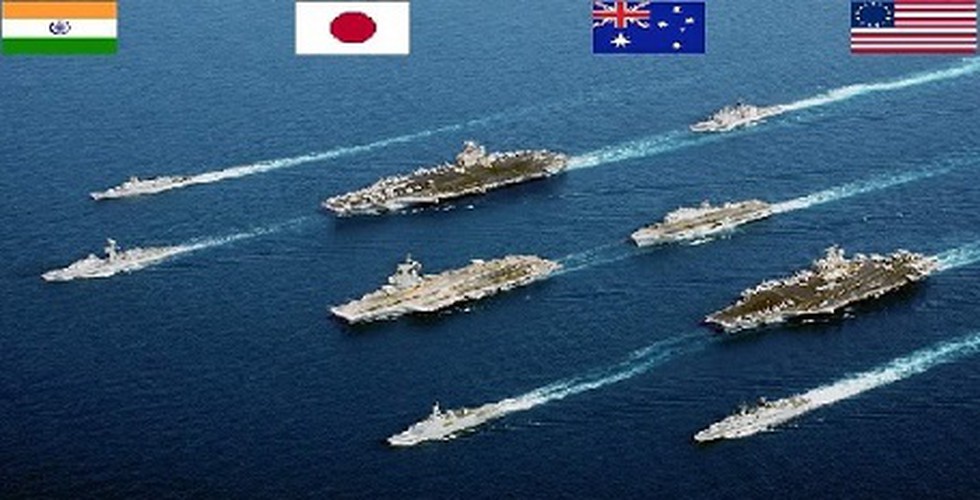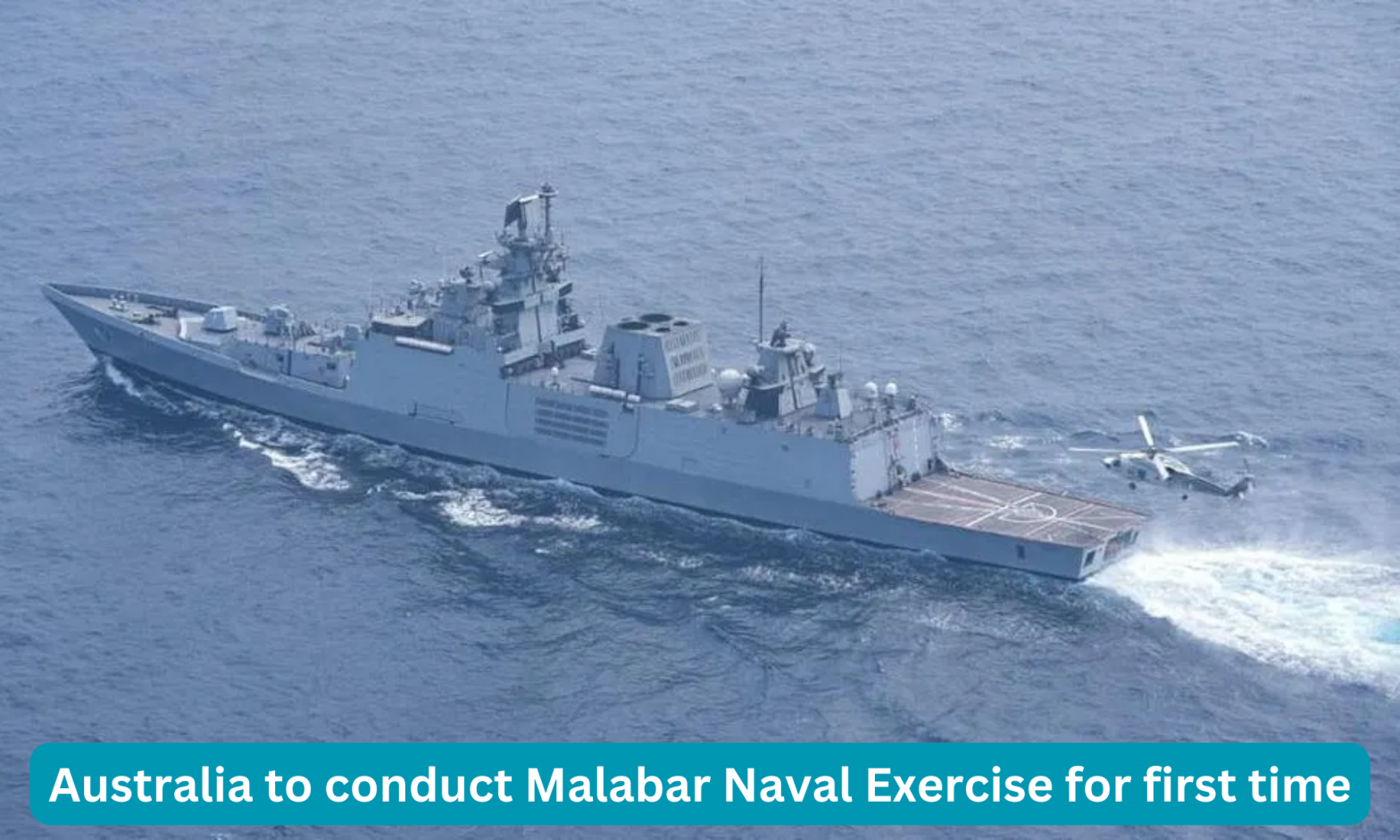The eagerly anticipated Malabar series of naval exercises, involving the maritime forces of India, Japan, the United States, and Australia, is about to kick off along the eastern coast of Australia. This iteration of the exercises will be centered on enhancing anti-submarine warfare capabilities, signaling the participants’ shared commitment to maritime security and cooperation in the Indo-Pacific region.
Strategic Alliance and Exercise Objectives
The Quad countries – India, Japan, the US, and Australia – are joining forces in the Malabar joint drills to demonstrate their prowess in various naval operations. These exercises, hosted by the Australian Navy, are scheduled to span from August 11 to 21. The event will encompass a harbor phase in Sydney, followed by rigorous sea exercises aimed at fostering interoperability and cohesion among the participating naval forces.
Ships and Platforms on Display
While the number of warships is more limited than in past editions, the focus remains on achieving a concentrated impact across a range of key domains. Australia will contribute two formidable warships – HMAS Choules and HMAS Brisbane. From the Indian Navy, the INS Kolkata and INS Sahyadri will make their presence felt. The US and Japan will each deploy a warship as well.
Notably, maritime surveillance aircraft, specifically the Boeing P8I, will play a pivotal role in the anti-submarine warfare exercises. These advanced aircraft are integral to detecting undersea threats and bolstering the overall effectiveness of the drills.
A Shift in Composition
Unlike previous exercises, the forthcoming Malabar drills will not feature submarines or aircraft carriers from any participating country. Despite this adjusted composition, the exercises are projected to exhibit an elevated level of complexity, underscoring the evolving nature of naval warfare strategies.
Key Focus Areas
The exercises will encompass a diverse range of operations, spanning sea, undersea, and air domains. Coordinated maneuvers, air defense strategies, and sea operations will be practiced extensively. An emphasis on inter-operability among the platforms is at the core of these exercises, aimed at honing the ability of the Quad navies to work seamlessly together.
Indo-Pacific Security and China’s Reaction
It’s important to highlight that the Malabar exercises are not a directed response against China, nor should they be misconstrued as exclusively Quad-centric. While the four nations are integral members of the Quadrilateral Security Dialogue (Quad), the exercises are designed to enhance regional maritime security and cooperation. The countries involved consistently advocate for a “free and open Indo-Pacific,” a stance that underscores their commitment to maintaining open sea and air routes while countering any attempts at hegemony in the region.
China has previously voiced objections to naval operations in the South China Sea, highlighting the geopolitical tensions in the region. The Malabar series, initiated in 1992, has steadily evolved to address the changing dynamics in the maritime realm and underscore the significance of joint exercises in promoting stability and security in the Indo-Pacific.
Malabar Exercise: Key Points

-
Participants: The Malabar Exercise involves permanent partners – the United States, Japan, and India.
- Diverse Activities: The annual exercise covers a wide range of activities such as fighter combat operations from aircraft carriers, maritime interdiction operations, anti-submarine warfare, diving salvage operations, amphibious operations, counter-piracy operations, cross-deck helicopter landings, and anti-air warfare operations.
- Geographical Scope: The exercise has been held in various regions including the Philippine Sea, off the coast of Japan, the Persian Gulf, the Bay of Bengal, and the Arabian Sea.
- Command Oversight: The Asian and North American Commands oversee the coordination and execution of the exercise.
- Origin: The exercise began in 1992 along the Malabar Coast as a bilateral endeavor between India and the United States.
-
Expansion: In 2007, the exercise was expanded to include Japan, Singapore, and Australia. Japan later became a permanent partner in 2015.




 Exploring Bondi Beach: Sun, Surf and Syd...
Exploring Bondi Beach: Sun, Surf and Syd...
 ISRO Projects Seven Launches Including U...
ISRO Projects Seven Launches Including U...







